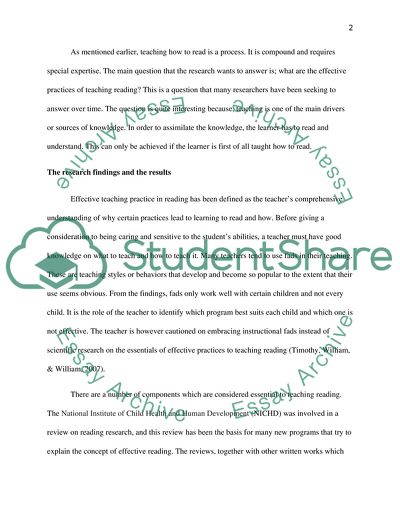Cite this document
(Effective Practices for Teaching Children to Read Research Paper, n.d.)
Effective Practices for Teaching Children to Read Research Paper. https://studentshare.org/education/1796654-effective-practices-for-teaching-children-to-read
Effective Practices for Teaching Children to Read Research Paper. https://studentshare.org/education/1796654-effective-practices-for-teaching-children-to-read
(Effective Practices for Teaching Children to Read Research Paper)
Effective Practices for Teaching Children to Read Research Paper. https://studentshare.org/education/1796654-effective-practices-for-teaching-children-to-read.
Effective Practices for Teaching Children to Read Research Paper. https://studentshare.org/education/1796654-effective-practices-for-teaching-children-to-read.
“Effective Practices for Teaching Children to Read Research Paper”. https://studentshare.org/education/1796654-effective-practices-for-teaching-children-to-read.


